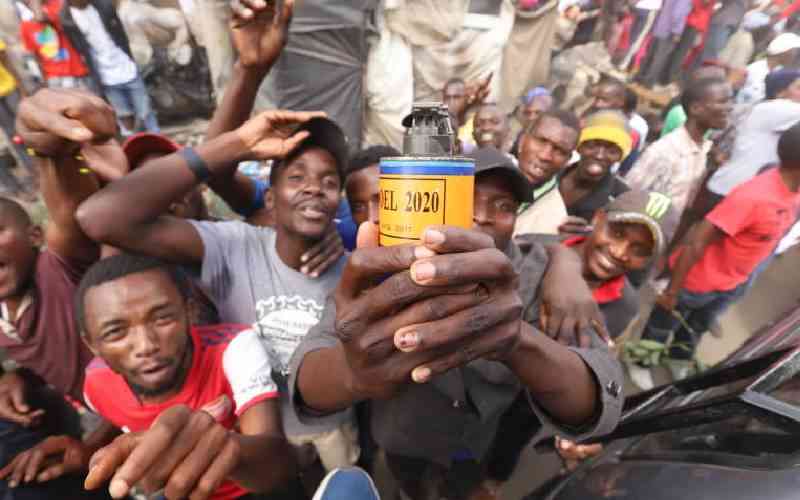
The costs of the Azimio-led mass protest are finally piling pressure on businesses that are still struggling to recover from the impacts of Covid-19 and the long election cycle. One would have hoped that this time round, we had escaped the curse of post-election related violence. But here we are once more!
Tragically this week, the dynamics of the violence and destruction took a dangerous detour into private properties associated with the the former president's family and Azimio leader Raila Odinga. Without any prejudice, the reaction from the Azimio top brass was fast and furious.